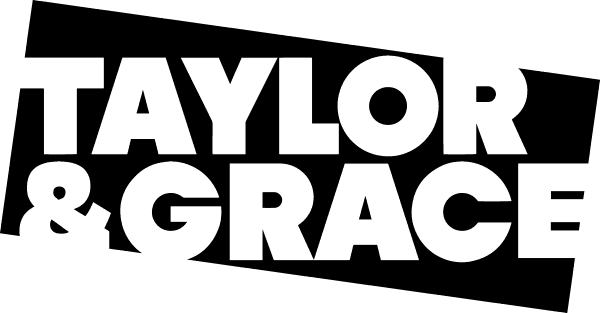The therapeutic effect of COVID-19 on the Australian visitor economy
September 10, 2020
New initiatives support local business
I’m an eternal optimist and also like to be provocative. These two characteristics combine in my belief that good things for the business sector can come out of the present crisis for the business sector. Or really two crises, as we here in Victoria had a terrible bushfire season just before COVID hit, making it a very tough patch for the visitor economy.
Given the extended lockdown the Victorian Government has been creative in supporting local businesses through the Click for Vic campaign, which promotes restaurants, growers, artisans and other businesses who offer home delivery.
‘Support the businesses you know and love, and explore some new products and experiences to enjoy at home. It’s all about buying local and embracing Victorian.’
Local and regional online delivery is an innovation that would have happened slower, or not at all, without the pandemic.
What is the visitor economy?
Natalie O’Brien, director of Natalie O’Brien & CO, and formerly CEO of Food + Wine Victoria, and the Melbourne Food and Wine Festival, says the visitor economy is far broader than just a hotel room. It’s any activity that a person or family or group engages with while visiting a destination. So that can include bicycle hire, meals, attractions, shopping and events. And often these people are local, or regional visitors rather than national and international tourists.
Natalie says, ‘The Australian visitor economy has been hit very hard together with closed borders and current restrictions will make the road to recovery difficult for many businesses to reactivate. Innovation and fresh thinking, some clever planning, and a deeper expression of the experience alongside considered messaging will be required to restore traveller confidence.’
Natalie thinks we’re going to see the most competitive period that we’ve ever seen. The industry is going to have to continue to change and be very agile as we go through the different stages, including increased competition for the domestic market. But we both believe this can provide a therapeutic opportunity to improve.
We both agree that while COVID has been traumatic for some businesses, others have used the crisis to change for the better by reviewing their practices and refocusing on the value proposition of their brand.
‘How do I make sure that I am true to the experience that I promise?” Natalie asks. “How do I make sure that a customer feels that experience from the very moment they have the idea to visit right through that experience onsite? Did they feel that warm goodbye as they left and will they then spread the word?’
‘I’ve heard many businesses talk about focusing on things like we want to make sure that we were welcoming, but we’re even more welcoming than we were before. I’ve heard industry talk about we’ve been focusing on the music and the sorts of feeling that you have when you walk into our venue.’
‘How do I make sure that a customer feels that experience from the very moment they have the idea to visit right through that experience onsite?’
Making rainbows out of rain
Noma, in Denmark, was once the number one restaurant in the world, with a six month wait list. But those international patrons are gone, so they reinvented themself for locals with garden dining offering cheeseburgers and veggie burgers and a wine bar. This is a great example of overcoming the crisis to connect with the local community, even when that community wasn’t your primary market.
Closer to home, Natalie uses the analogy of coffee, because in Melbourne and in Australia we love our coffee.
‘If you look at coffee in terms of being a commodity, it’s really only a couple of cents per coffee pour. Or we can go to somewhere like 7-Eleven and receive a pretty reasonable cup of coffee for a dollar. But if we want to build it into an experience, then we walk into a café where the barista’s got this warm smile. As we walk in we can smell the aroma of the coffee. And there’s a great tune playing in the background. And in fact, that barista might even remember that you have a soy latte with hot water on the side. And so I think that we can get a premium from delivering a really strong experience over and above a basic coffee. And I think that in the competitive environment that we’re now in, making sure that every aspect of that experience is the best that it can be is going to be incredibly important for businesses to get through this really challenging period.’
So whether your business is part of the visitor economy or not, use this period to focus on the experience you give your customers, and ask how you can attract new customers. They may be closer than you think!
This blog post was inspired by our recent episode on Rebranding Branding: The Podcast, featuring special guest and expert on Australia’s visitor economy, Natalie O’Brien AM. If you would like to hear the interview, listen or subscribe here

Darren Taylor
MD & Head of Strategy and Research
Find out how your brand stacks up.
Take our 5 minute self-assessment to rate the strength of your brand.
Have you downloaded our book, Rebranding Branding?
Download it here.
Got a brand problem or opportunity and want to chat?
Book a no-obligation 30 minute chat here with Darren Taylor.
